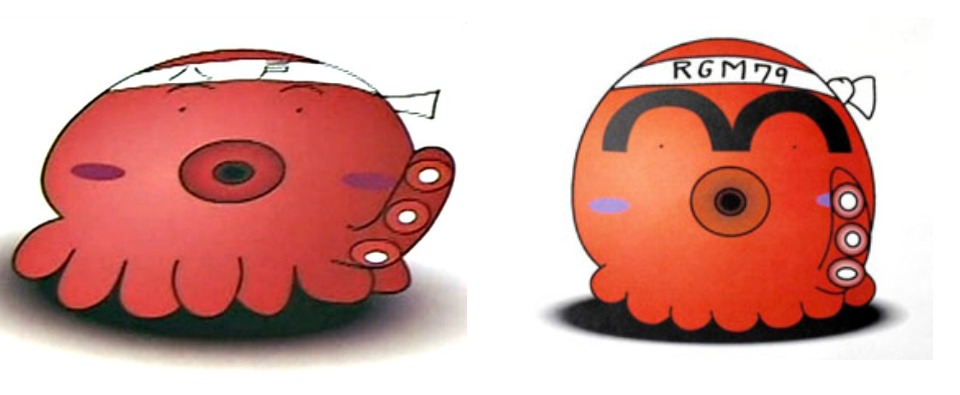System.out.println(“Haha!”);
Coding is fun, but its power can also be dangerous. As the world continues to experience technological expansion, the threat of cyber-related crime steadily grows.
The October 2016 distributed denial of service (DDoS) attack on the Dyn servers affected many popular websites, such as Etsy, PayPal, CNN, Reddit, and Netflix. Sony Pictures suffered from a major data breach from the Guardians of Peace (GOP) hacker group back in 2014. Personal emails, executive salaries, and unreleased Sony films were leaked to the public. Even the Democratic National Committee (DNC) couldn’t avoid the cyber-onslaught, with a collection of emails leaked and subsequently published by WikiLeaks in the summer of 2016.
Yes, technology-based attacks often focus on high-profile targets under serious circumstances with strong motivations, but hackers aren’t all business. They’ve been known to add a little comedic flair to their mischievous ways. Below you’ll find three hacking stories that highlights the comedy within the code.
Operation Cupcake

(Image Credit: Pixabay)
Back in 2011, British intelligence service MI6 crafted a clever, but important, attack on al-Qaeda’s first English-language online magazine. One of the featured articles was a 67-page guide explaining how to manufacture a bomb with household items. Since this publication allowed readers to construct effective homemade bombs, MI6 knew they had to intervene. Rather than just deleting the content entirely, they decided to post an amusing replacement.
The dangerous document was called “Make a bomb in the Kitchen of your Mom” and was written by “The AQ Chef.” Keeping with the chef theme, they replaced the harmful recipe with benevolent instructions on how to make cupcakes. And this wasn’t just any cupcake recipe; it was “The Best Cupcakes in America,” written by Ellen DeGeneres.
Godzilla Attack! Turn Back!

(Image Credit: NY Daily News/Ali Wunderman)
Before we jump into this story’s humor, it’s important to note that no accidents were caused by drivers speeding away from a giant lizard creature ruthlessly destroying the streets of San Francisco.
This next stunt occurred in 2014, when San Francisco pranksters were able to hack their way into an electronic highway sign. Once they made their way into the system, they decided the sign needed a minor rewrite. The sign was programmed to read “Godzilla Attack! Turn back” on San Francisco’s Van Ness Ave.
Sea Creature Icon Invasion

(Image Credit: Linha Defensiva)
The Ika-Tako virus, which is Japanese for “Squid-Octopus,” infected between 20,000 to 50,000 computers in 2010. This computer bug disguised itself as an ordinary music file on a Japanese file sharing website. When someone downloaded an infected file, the Ika-Tako rampage began.
The malware worked by bursting through a computer’s hard drive, infecting anything and everything. All the infected files were removed and replaced with cute octopus, squid, or sea urchin icons. Supposedly, the data obtained by the virus was sent to the hacker’s server.
Masato Nakatsuji was the cyber-criminal behind this attack. He was arrested on grounds of property destruction by Tokyo police and served two and a half years in prison.
Filed Under: Industry regulations




